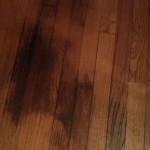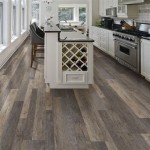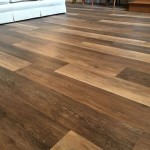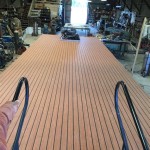Gaps in hardwood floors can be an eyesore and bring down the value of your home. Fortunately, there are a few different ways to fix them. Here are some tips to help you close those gaps and restore your floor’s beauty.
Fill the Gap with Sawdust and Wood Glue
One of the easiest and most cost-effective solutions for filling gaps in hardwood floors is to use sawdust and wood glue. Start by sanding the floor around the gap to create a smooth surface. Next, fill the gap with sawdust and wood glue. Once the glue has dried, sand it down until it is flush with the surrounding floor. You may need to repeat this process a few times to get a good result.
Use a Wood Filler
Wood fillers are specifically designed to fill gaps in hardwood floors. They come in a variety of colors and textures, so you can find one that matches your floor. To use a wood filler, start by sanding the gap to create a smooth surface. Next, apply the wood filler to the gap and smooth it out with a putty knife. Allow it to dry completely before sanding it down to match the surrounding floor.
Install New Flooring
If the gaps in your hardwood floor are too large to be filled, you may need to install new flooring. Start by removing the existing flooring. Next, sweep and vacuum the subfloor to ensure that it is clean and free of debris. Finally, install the new flooring, making sure to fill any gaps with wood filler or sawdust and wood glue.
Preventing Gaps in the Future
To prevent gaps in your hardwood floor, make sure to keep the humidity levels in your home between 35 and 55 percent. You can also use a dehumidifier or a humidifier if necessary. Additionally, make sure to clean your floor regularly and use floor protectors under furniture to prevent damage.
Conclusion
Gaps in hardwood floors can be unsightly and detract from the beauty of your home. However, with the right techniques, you can quickly and easily close them. You can fill the gaps with sawdust and wood glue, use a wood filler, or even install new flooring. Additionally, make sure to keep the humidity levels in your home stable to prevent future gaps.














Related Posts








